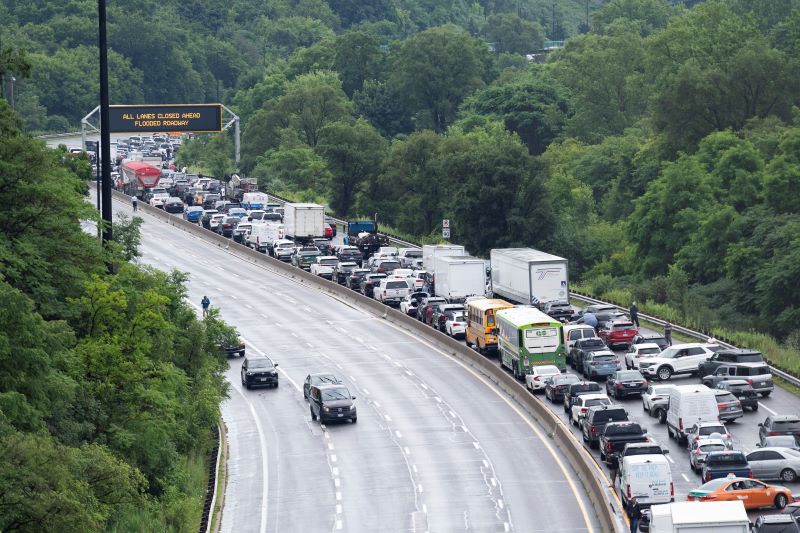Will insurers be able to manage Toronto flood claims?

Even with increased take-up rates for flood insurance coverage, insured damages from last week’s flash flood in Toronto remain entirely manageable for the insurance industry, Morningstar DBRS said in a new commentary.
Still, for a single weather event, the insured damages are ‘significant,’ the credit rating agency says.
“While no official damage loss numbers have been reported, we believe that it is comparable to the 2013 Toronto flood, which caused around $1 billion in insured losses,” DBRS confirms. Industry sources corroborate this figure for the July 16 flood event.
The 2013 Toronto flood contributed to the industry’s highest loss year at the time, and now the second-highest on record.
“The flood event in 2013 in Ontario, combined with the flood event in southern Alberta in 2013, was really the catalyst for the insurance industry to develop the residential overland flood product that we see today,” says Rob de Pruis, the Insurance Bureau of Canada’s national director of consumer and industry relations.
“Overland flood insurance coverage for personal homes was introduced in Canada only several years ago but is not widely available, especially in flood-prone regions,” DBRS writes. “Where available, it is sold as optional coverage under homeowner insurance policies.”
In recent years, the coverage has become more popular, “especially with extreme weather events becoming more frequent,” the rating agency says. “Meanwhile, flood insurance is widespread for commercial policies.”
Though overland flood coverage is optional, 50% of all home insurance quotes in June 2024 added water endorsements — a 68% increase from the previous year — according to RatesDotCa’s quoting database.
Overland flooding and sewer backup endorsements comprised 37% of total quotes with added water endorsements, making them the most popular additional coverages in June 2024, the rate aggregator reports.
“We see take-up of overland flood [coverage] improving year after year after year,” says Glenn McGillivray, managing director at the Institute for Catastrophic Loss Reduction. “[But] it’s not where we’d like it to be. We’d like it to be really high.”
But while 2013’s storm was concentrated mostly in Toronto, last week’s flood impacted a much larger geographic area, McGillivray says.
The storm hit other cities and communities in the province — London, Oshawa, Burlington, Lindsay, Dundas and Cambridge, says Cortney Young, Crawford and Company’s vice president of platforms solutions and contractor connection Canada.
To assist with claims response, the Financial Services Regulatory Authority of Ontario (FSRA) has implemented temporary measures to allow claims adjusters to process insurance claims from Ontario’s flash flooding more quickly. Adjusting firms will be able to utilize out-of-province adjusters, and insurers may use the services of employees of affiliated insurers.
Traffic backs up on the Don Valley Parkway due to flooding following heavy rain in Toronto, on Tuesday, July 16 2024. THE CANADIAN PRESS/Arlyn McAdorey







